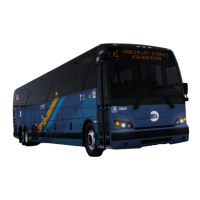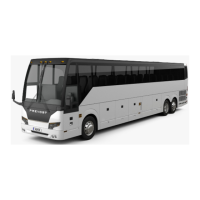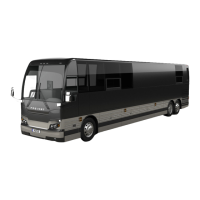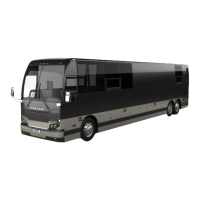SECTION 22: HEATING AND AIR CONDITIONING
DOB 1300-1556 | X3-45 Commuter PA-1648 Maintenance Manual First release Oct 2020
Testing condenser pressure.
NOTE
: R-134A pressure varies according to temperature.
Example, for an exterior temperature of 100°F.
Exterior temperature (100°F) + 30°F = 130°F.
Take note: 30°F is added to ambient temperature by definition.
Refer to paragraph "5.8 Temperature & Pressure".
Note the corresponding pressure for a temperature of 130°F, 199.8 psi.
Read the condenser pressure, example 171.9 psi.
171.9 psi & 199.8 psi, the pressure in the condenser is inferior to the pressure corresponding to the
exterior temperature, in this case the condenser pressure may be too low. Check for refrigerant leaks
and add refrigerant if necessary. If the pressure corresponding to the condenser temperature is
superior to the pressure corresponding to the exterior temperature, then the air cooled condenser
pressure may be too high. Most frequent causes are:
Reduced air quantity. This may be due to:
* Non-condensable in system;
* Dirt on the coil;
* Restricted air inlet or outlet;
* Dirty fan blades;
* Incorrect rotation of fan;
* Fan speed too low;
* Fan motor going out on overload; or
* Prevailing winds.
* Too much refrigerant in system. Remove refrigerant if necessary.
5.7.2 Expansion Valve
PROBABLE CAUSE PROBABLE REMEDY
LOW SUCTION PRESSURE-HIGH SUPERHEAT
EXPANSION VALVE LIMITING FLOW:
Gas in liquid line due to pressure drop in the line
or insufficient refrigerant charge.
Locate cause of line flash and correct by use of
any of the following methods. Add R-134a.
Replace filter dryer.
Superheat adjustment too high.
Adjust superheat as outlined under "Superheat
Adjustment".
Power assembly failure or partial loss of charge. Replace expansion valve.
Air filter screen clogged. Clean or replace air filter screen.
Plugged / kinked / chaffed lines. Clean, repair or replace lines.
LOW SUCTION PRESSURE-LOW SUPERHEAT
Uneven or inadequate evaporator loading due to Balance evaporator load distribution by providing

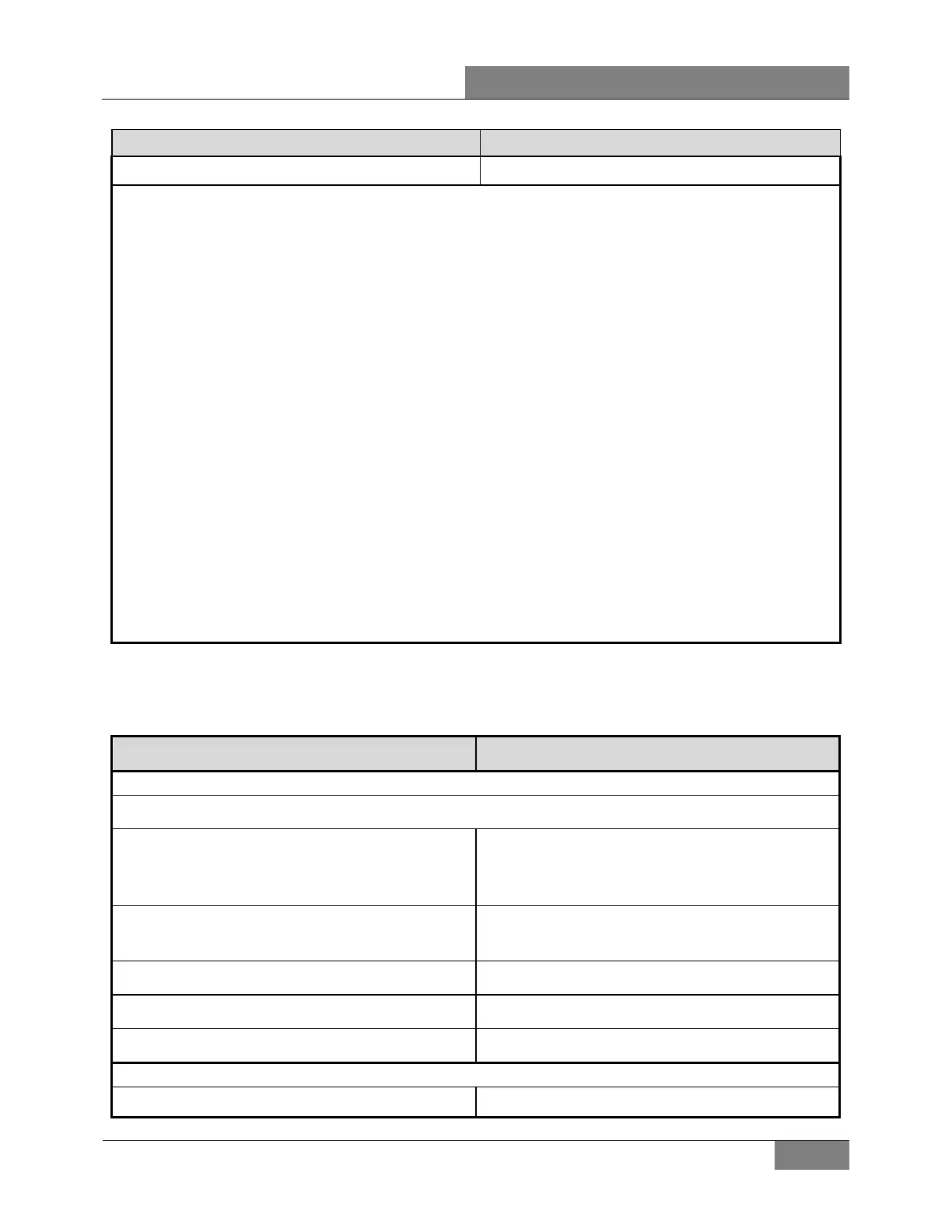